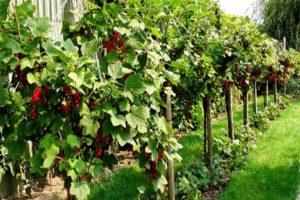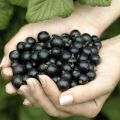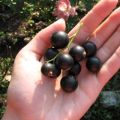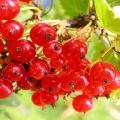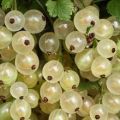Description of wild currant (reis), where it grows, cultivation and care
Despite the huge selection of cultivated varieties of black currants, on any site you can find cepes - wild, or forest currants. A single bush grows somewhere in the corner, but it grows. Tall shrub with sour berries, which are very useful in contrast to varietal species. He is loved because of his unpretentiousness and beauty. In autumn, it looks very elegant and adorns the front garden with red and yellow leaves. What a wild currant shrub looks like and what it is, as well as how to plant and care for it in order to get a big harvest, you should find out in advance.
Wild currant: useful properties and application
Currant leaves and berries are popular among the people for the richness of vitamins and minerals. They are used as an antipyretic and diaphoretic for colds of various nature. In addition, they are used for diseases:
- gastrointestinal tract;
- vascular system;
- vitamin deficiency;
- disorders of the immune system;
- ARVI;
- oncology;
- skin.
For the elderly, wild currant improves mental activity, cleanses the body of toxins, lowers blood cholesterol levels, strengthens blood vessels and fights atherosclerosis.
This is due to the chemical composition of the plant. It contains in large volumes vitamins A, PP, groups B, C and E, organic acids, pectin, sugars, tannins and essential oils. Useful substances have the ability to survive long-term freezing, so they can be used all year round.
The fruits of wild currants can be used frozen, brew drinks, make jams, preserves and marshmallows, prepare sauces for meals. And if you throw a handful of dried berries into tea, you get a healing drink that will warm you on a winter evening.

Description and characteristics of the culture
Wild currants are widespread in the Urals and Siberia. It is found in the form of thickets on the shores of lakes, rivers, as well as in forests, ravines and swamps. It's easy to find out a census. Its dark green three-lobed leaves resemble gooseberry foliage. In autumn, plantings of wild currants look very bright, they turn bright yellow or red.
The shrub is quite vigorous, reaching a height of up to 3 meters. A feature of wild currants is their adaptation to the harsh climatic conditions of growth: intense heat in summer and low temperatures in winter.Currant bushes practically do not freeze out, most likely, they die from age, as they do not receive proper care in the wild. At home, planting census are used as green spaces that protect the site from the winds.
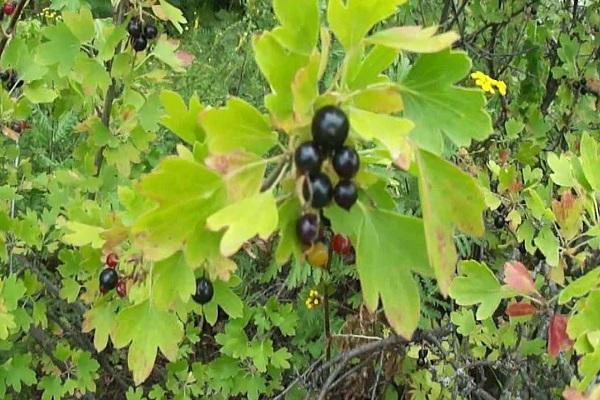
In late spring, the plant blooms. The flowers have a yellow color and rich aroma, up to 1 cm in diameter. They are characteristic of plants and berries. In size, the berries grow up to 1 cm in length. They have an oblong elliptical shape, at the end a dried flower resembling a tail. They are numerous on the bush and vary in color, from yellow to black. In common people, wild currants are called "pearl" or "silver".
The taste of currant berries is sweet and sour, but sourness is more pronounced. Fruit ripening occurs in July and lasts for 1.5 months.
Grouse species
Today, two types of plants are known:
- wild black currant;
- Red Ribes.
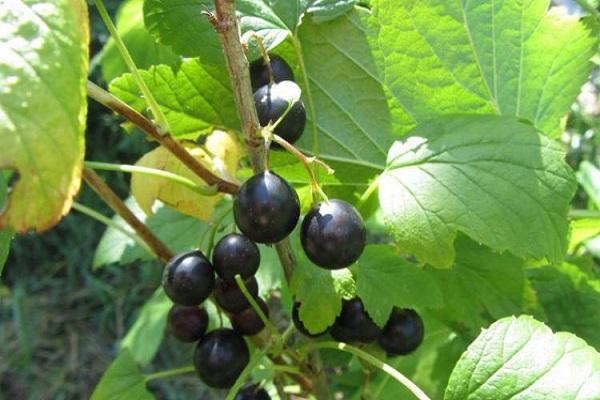
Wild black currant
Black currants can be found in dense forests of the European part of Russia, in Kazakhstan and in the Urals. It can be used for direct fresh consumption and for winter preparations.
Red forest currant
It is quite difficult to eat this berry, as it is very sour, and there is no sweetness in it. But there is no more delicious jam than from red grouse. It is added to any culinary masterpieces and is great for drying. After that, you can cook vitamin compotes, prepare fillings for pies and add to sauces for meat dishes.
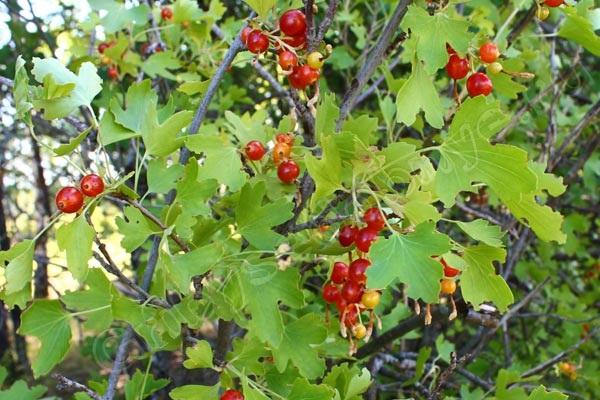
How to properly grow wild currants
Repis, aka the Ural beauty, grows on various lands. There are no requirements for the soil. The key to successful fruiting lies in high-quality planting material and the choice of a place for its growth.
Choosing a strong and healthy seedling
This is a very crucial step in growing a good currant bush. It must meet the following requirements:
- Be strong and healthy.
- The root system should not be dry or dried out.
- Make sure that the mother plant does not suffer from diseases and pests.
- The daughter offspring should be free of dried or sluggish leaves, which indicates the presence of pests.
- The ground part of the seedling should have several already lignified branches.
- Each shoot has at least three green living buds.
If you have to dig a currant seedling on the shore or in the forest, it is better to take the most extreme offspring, since it is less oppressed by adult plants and does not suffer from shading. On a healthy seedling, berries will appear in two years, but very few. Abundant fruiting begins in the fifth year.
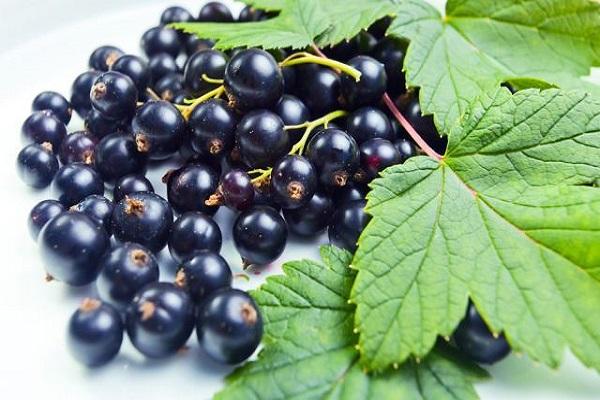
Preparing the soil and planting hole
The stone does not require specific soil compositions. The main condition here is timely fertilization.
You should start planting wild currants in late August or early September so that the root system has time to take root before the onset of frost. Planting can be carried out in the spring, so the plant will have time to completely take root and even gain strength and grow.
In the selected area, you should dig a hole with dimensions similar to the size of the bush. The optimal parameters are 60 x 60. To dig deep enough to fill a bucket of humus. Pour some earth on top of the humus in the form of a tubercle. Gently spread the roots of the seedling on the tubercle and sprinkle with the remaining earth. Trample underfoot.
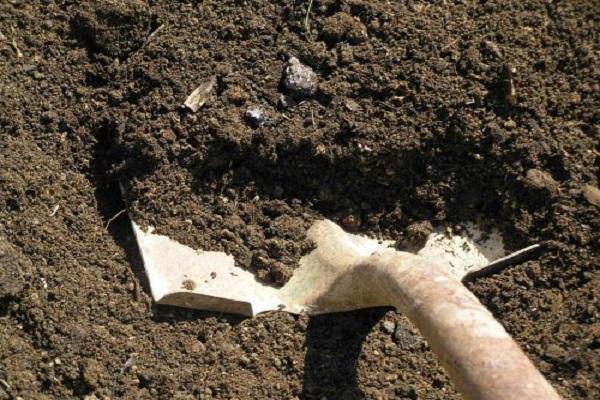
Important! The root collar should not be buried in the ground.
Water the young plant and add mulch on top. This can be chopped straw or sawdust to keep the soil from cracking.
Wild bushes care
The technology of care is similar to the agricultural technology of cultivated varieties of currants, but there are still nuances.
Watering
After planting, a wild beauty should be watered every week, once. One young seedling is poured into 10 liters of water. Do not pour at the root, so as not to blur the root collar and not open the upper roots.
With the blooming of the first leaves, watering is reduced and moistened once every two or even three weeks. The water should be slightly settled in a container. Too cold water can adversely affect a young seedling. Mature bushes are undemanding to her.
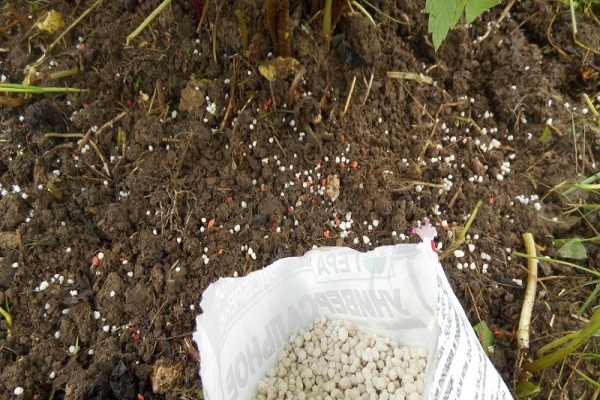
Fertilizer
Both black and red sprouts are fed twice a season: in autumn and spring. In the spring, before flowering, mineral fertilizers and a little bird droppings should be applied, which in this case acts as nitrogen fertilizer.
In the fall, organic matter is introduced, but no more than 4 kg of humus per bush, or wood ash at the rate of 1 glass per 10-liter bucket. Water the fertilizer around the edges of the hole so as not to burn the root system. Pour humus in a thin layer, and then mix it with the top layer of soil with a small hoe.
Important! After fertilization, the plant must be watered abundantly with water.
Pruning and shaping the crown
Since the plant is wild by nature and is not pruned in nature, it does not require crown formation at home either. Broken and dried shoots are cut out from fruiting bushes. Five-year-old branches should also be removed, they will be replaced by young ones. Pruning should be done with sharp pruning shears or pruning shears in early spring, before the foliage opens.

If the plant is grown as a green hedge, then it is cut in the shape that this hedge is made with.
Insect and disease control
Diseases and attacking insect pests are the same as those of garden currants. Among the most common:
- powdery mildew;
- rust;
- kidney mite;
- aphids and ants;
- currant goldfish;
- gooseberry moth.
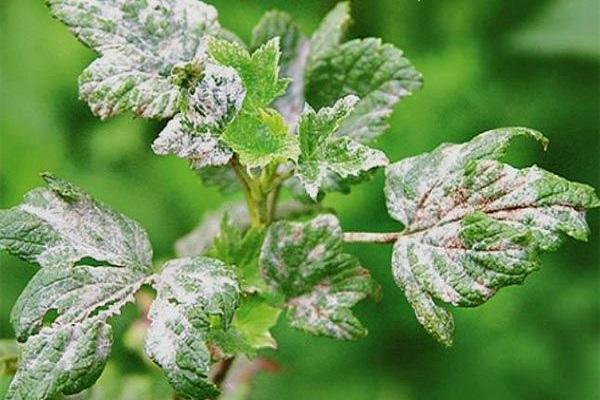
The main control measures are cutting diseased shoots and digging up the soil under the bush. But processing remains central. Follow the schedule:
- When the buds bloom, use a solution of "Decis", "Confidor", "Calypso", an anometrine emulsion of 25%.
- Before or after it blooms, a colloidal sulfur treatment is applied, which will save the plant from powdery mildew and currant mites.
- A month after flowering, they are treated with a solution of "Karbofos" or chlorophos from a goldfish or glass pan.
From folk remedies, solutions of onion peel, garlic, dandelion infusion, wormwood decoction, soap solution and infusion of potato tops are effective. In the event of an attack by a kidney mite, the plant must be dug up completely and burned, otherwise there is a risk of destruction of the entire currant plantation.

Do I need to cover for the winter
The answer is unequivocal - no. In the wild, there is self-substitution, that is, if one freezes out, another will grow in its place. But, as a rule, Siberian grouse perfectly tolerates the severe frosts of Siberia, the Urals and the Far East.
Gardening tips for growing wild currants
It is better to plant two bushes on your site so that they subsequently pollinate from each other. If pests appear on one bush of currants, all existing plantings should be processed.
In winter, rodents attack the berries in order to protect the forest currant bush from mice and hares in winter; the lower branches can be wrapped in plastic or old nylon tights.
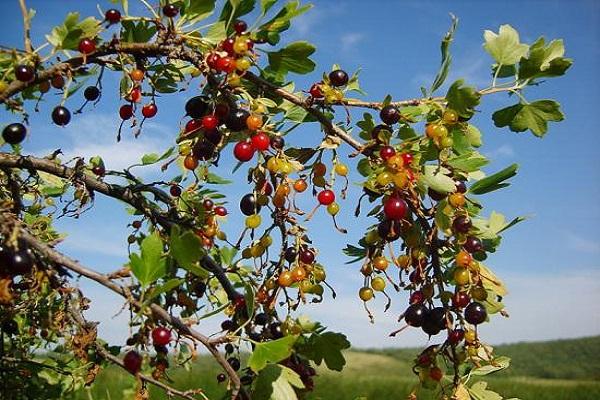
After planting a young currant seedling around, you can make a quadrangular mount from thick branches or boards so that the bush does not fall apart later.
Wild currants, or cepes, are very unpretentious to care for, therefore they are popular with gardeners. The yield from one adult bush reaches 8 kg per season. This fact suggests that it is enough to have a couple of bushes on your site. And you can plant them in a corner.
